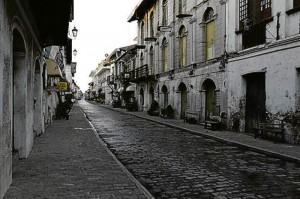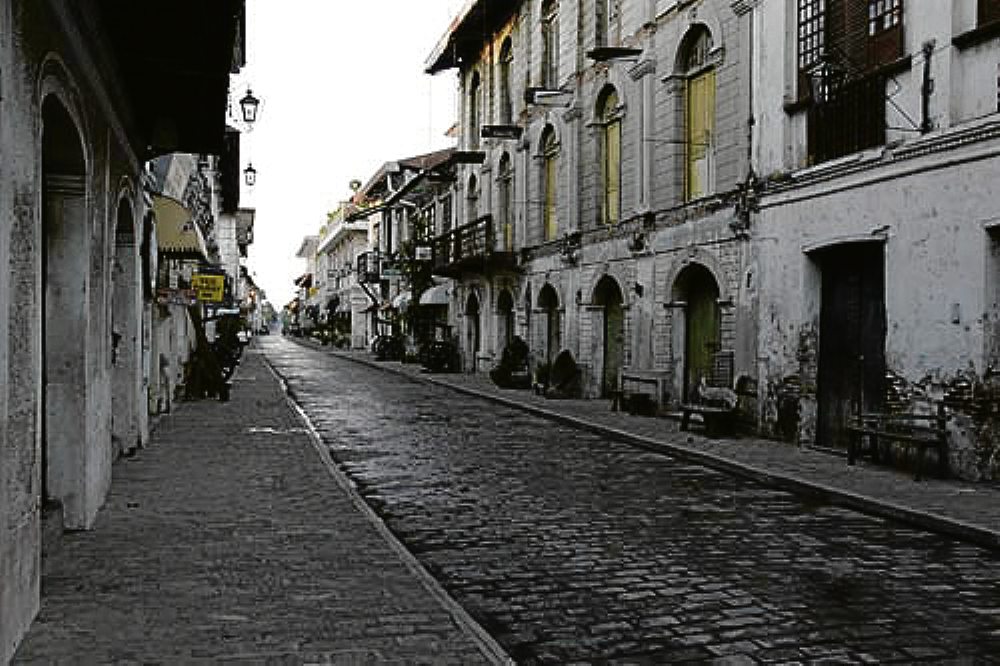
The Philippine cultural scene is as tumultuous as its politics so it is no surprise that for the Filipino, getting a grip on his own culture may be alienating.
The cultural scene today is such a mixed bag, including “beautification” of heritage town plazas with monstrous “multipurpose” structures where barrio beauty contests are held as the main cultural event of the annual fiesta. Usually crowned as Miss Barrio Beauty is the most Caucasian-looking among the contestants.
Noontime television shows entertain the entire nation, inspiring inmates of provincial jails to form their own dance troupes which out-dance the best Western pop dancers.
Is all that Western-influenced? Where is the Filipino-ness? Or could it be more Filipino than we think?
The often-repeated quote—that the Philippines had lived 350 years in the convent followed by 50 years in Hollywood—encapsulates the long history of the Filipino looking outward rather than inward, thinking what is “out there” is better than what is at home.
At home, generations of outward-looking Filipino architects, images of the Parthenon, the Pyramids, and the Great Wall in mind, insist on asking the question “Is there a Filipino architecture” without realizing that Filipino architecture has been staring them in their faces all this time.
Quickly vanishing
And also staring in our faces are our towns and cities, products of architecture, urban planning, government and socioeconomic systems, which are quickly vanishing physical manifestations of Philippine culture.
Why are they vanishing? The belief is that bigger is better, new is good, and old is bad—the rationale for demolishing outstanding old structures to be replaced by mediocre new ones.

The significance of historic neighborhoods in our cities is that they are reminders of our culture, important physical settings where the national lifestyle takes place.
Historic neighborhoods are good cultural markers. They show how people lived in times past. The evolution of neighborhoods parallels our evolution as a people.
The forms of early habitats and settlements were dictated by geography and nature, following the natural forms of mountaintops, riverbanks or seashores. Filipino lifestyle dictated their shapes.
Bamboo-and-cogon (thatch) houses clustered around the chieftain’s residence, as seen in the pre-Hispanic mountaintop ijang of Batanes. The hierarchical clustering of houses shaped the settlement, proof that before colonization Filipinos had a defined governance and social system.
Spanish planning
Spanish colonization wiped out the ijang and brought people to live in well-ordered seaside barrios with stone houses which have become characteristic of Batanes.
Colonization changed the appearance of the Philippine town, substituting the amorphous layout of walkways following natural contours with streets rationally gridded out, Western-style, in straight lines around a central plaza.
The same political and social hierarchy was established in the colonial town. High church and government officials and the town principalia lived around the main plaza; others in the blocks surrounding the center of the town.
In the fringes of the colonial town lived the ordinary folk, in clusters of traditional bamboo-and-thatch homes on stilts arranged to follow the riverbank or coastline, just as it had been before the Spanish arrived.
Come to think of it, in pockets of our modern cities still live the ordinary folk, in temporary homes built of scavenged material. Some things don’t change.
Also what has not changed is that majority of contemporary Filipinos do not appreciate our towns and cities as expressions of the Philippine ethos. Nor do they take pride in this patrimony as a collection of unique, singular markers of Philippine identity.
No surprise
It is no surprise, therefore, that no “pride of place” exists in the national consciousness, preventing the Filipino from realizing his cultural identity and from being proud of his heritage.
Heritage is seen as irrelevant to everyday life, a liability rather than an unrealized asset for community and national development.
Vigan, a World Heritage property, is a good example of how heritage, when properly managed, drives development. Since its inscription on the World Heritage List, Vigan has emerged as a major destination.
Since the city and its residents benefit from increased business brought by tourism, they work together in conserving their heritage which is not only their source of international recognition but also a source of livelihood.
The Filipino people should be made aware that heritage is an unrealized asset for national development, and heritage, when properly conserved and not exploited, is a long-term resource for community development.
We have not taken possession of our heritage, developed respect for it, and take pride in it.
There is a use for heritage after all; conservation is not an elitist concept.
Feedback is welcome at [email protected].














































